Today I went to explore the quiet town of Anegundi. I was here with a trekking group from Bangalore. As per the mythological tale of Ramayana, the city used to be known as Kishkindha in ancient times when Vali and Sugreeva, the monkey kings used to rule these lands. The monkeys though have been driven away by the growing number of tourists and it is just the mystifying boulders that remain to tell us the story of what was once a strange but interesting kingdom.
It was 10 am by the time we rode into the ancient city of Anegundi. The all night drive from Bangalore had been a quiet one. The only excitement was provided by the stunning sunrise whence the golden ball of fire rose over the horizon and removed the darkness from this little corner of the earth. Now simply known as Anegundi, the quaint town lies along the Tungabhadra river.
We checked in to our rooms at the lodge. I will prefer not to name it, it was that horrible. All I can say is the living standards were more qualified to be called a sty. After a breakfast of noodles, which took like forever to be served, we marched on to explore the boulders of Anegundi.
The time before Time itself
While writing this article I had to go through many sources. Rummaging through books on history gave me only half the story. To know the origins of Kishkindha I found myself digging into the the study of ancient Earth itself.
Beyond the temples, the huge boulders are the most interesting things around these parts. These brown rusty granite have been polished through 3 billion years into huge rounded shapes which now lean precariously around hills of piled boulders. Surrounded by these rocks, it is hard to imagine any sizeable population to have been supported here, let alone the core of the Vijayanagar empire.
This region is the bedrock of India known as Peninsular Gneiss, the mass of which is amongst the earliest solidified rock on the planet. The rounded contours and grain show it to have once been molten flowing stuff, but then came the sculpturing work of repeated ice ages. This land mass was pushed by the freezing current of the seas. It kept drifting under the pressure from cooling of the earth’s crust until the sub continent rose from the sea as a plateau.
The stage was now set for the mythical tale of Ramayana, in which the area is referred to as Kishkindha on the Papma river – the mythical kingdom of monkeys. The river that I refer to as Pampa is now named Tungabhadra, after the rivers Tunga & Bhadra which join about 10 miles upstream.
Wandering among the Boulders of Kishkindha
The bus dropped us off at a place called Hippie Island. We walked the rest of the way towards the boulders. This was a busy street with many eateries and lodges. Such was the incursion of foreigners that it was difficult to spot the locals among them. On the other side was a vast area flowing with young saplings of paddy. Though the red mud of Karnataka is not favorable for rice cultivation, the river brings in silt making the area fit for rice cultivation. The flat black silted land between the boulder hills and the busy lodges is thickly planted with patches of coconut palms and paddy fields.
Within the hillocks lie a labyrinth of caves. The medieval kingdom of Vijayanagar around present day Hampi, is tightly intertwined with the Ramayana. I would still want to believe that this region of Kishkindha, the kingdom of the Vanaras, or monkeys, referred to in the epic is just a figment of imagination, but I as explore these parts, I find more and more locations for many significant events in Ram’s journey during his exile. Was it just a well told story or real. Lost in this dilemma, I pushed on towards the hillocks.
The Ramayana connection
The story of Ramayana is deeply embedded in the collective psyche of the Hindus the indigenous population of the Deccan. The wide geographical sweep of this narrative has ensured that every corner of this Indian subcontinent, starting from Ayodhya, is associated with different aspects of its story-line.
Kishkindha is identified to be the regions around the Tungabhadra river (previously referred to as Pampa ) near Hampi and belongs to Koppal district in Karnataka. The rocky landscape strewn with massive boulders is widely believed by many to be the fabled Vanara kingdom of the brothers, Vali and Sugreeva.
According to the Ramayana, after Ravana abducts Sita, Ram’s frantic search for his beloved wife brings him and his brother, Lakshman southwards to Kishkindha. It is here that they meet Hanuman.
At the time, Kishkindha’s rulers, brothers Vali and Sugreeva were embroiled in a bitter feud, with the former determined to kill the latter. This part of the tale has its own story, but I am going to elude that in the interests of keeping this article short(er). In short Ram helps Sugreeva defeat his brother ans ascend to the throne, in return for his help in finding Sita.
Bouldering in Hampi
After a 30 minute walk we were at the summit of a small hillock popular for activities like bouldering. Many of the boulders here are sitting at the edge, dangling in precarious angles.
Many of my trek buddies tried their skills at climbing boulders with the help of a local instructor. I am past my days of subjecting my body to these rigors, so I found myself a quiet place in the shadows between some boulders and laid down re-hydrating myself with a bottle of mineral water.
After an hour of lazing in the shade, while the others flexed their muscles in the sun, we walked back to the inhabited area of hippie island. In the strong sun, it was dehydrating. Grabbing a can of sugary indulgence I made my way back towards the bus.
On the way I passed the ancient Hampi bridge, made entirely of rocks. I was pleasantly surprised to see that it had been repaired in some parts. I clearly remember it being in shambles from when I was here a couple of years back.
Once everyone was on the bus, we drove towards our next destination – Sanapur lake.
Sanapur Lake
Sanapur Lake is a reservoir fed by canal from the Tungabhadra Dam. It is beautiful to watch the wide lake in middle of boulders. Apart from the beautiful scenery one can also enjoy coracle rides at the lake, but at their own risk. The rides don’t provide life-jackets.
Sanapur Lake is one of those ‘secret attractions’ around Hampi. Honestly, I was not aware of it, the last time I toured this region. The natural lake with stunning boulder hills all around makes it a beautiful locale to spend the evening.
Sanapur Lake is still a less frequented place. You’ll not find a large tourist crowd in this locale. I was told that this place is sought after for cliff diving even though you can find dozens of warning about crocodiles in the water.
Evening was arriving at a swift pace and we set off from the lake to hike up one of the hillocks to experience the famous sunset over Anegundi.
Sunset over Kishkindha
Let me confess, I don’t recall the name of this hill. I am not sure if it even has a name. But the trail was clearly marked and we didn’t face any issues making our way up to the top. Because of the haze surrounding the region, the sun hid behind the thick clouds much before the actual sunset.
The trek guides had arranged for a few munchies, packed neatly in a paper bag. With just a couple of gulps remaining in my water bottle, I was rather glad to find a tetra-pack of fruit juice in my energy pack.
The top of this hill has a commanding view of the whole Kishkindha area. The Tungabhadra river passes through these hillocks and boulders. The river, the greenery and the green paddy fields presents a breath-taking scene. One can only imagine the monkey kingdom spanning this whole area during the Ramayana era.
Apart from these prominent locations there are other smaller sites associated with the story. The Sugreeva Cave is a popular tourist stop, is believed to be where Sugreeva placed the jewels that Sita dropped along the way as she was being taken away by her abductor, hoping that they might lead Ram to her.
Conclusion
The location of Kishkindha coincides with Hampi that was capital of the Vijayanagar Empire. It is saddening to see the ruins of the magnificent palace structures and fabulous market areas systematically destroyed by the Deccan Sultanate armies. Most of the temples have also been desecrated in this area. Some massive granite structures and idols were defaced in order to stop the worship in the temples.
But Kishkindha with all its linkages to the timeless stories of Ramayana still attracts numerous pilgrims and historians alike. It has withstood the test of time and escaped the ravages brought about by the marauding barbarians. It is heartening to see that these quaint temples are still intact and have continued to inspire reverence in innumerable visitors.
Thanks for reading. You can also check out Navabrindaban nearby, said to be the island where Prahalad repented for his sins. Please leave me a comment if you liked the post or follow my story as I visit go on a heritage walk to Vitthala Temple in Hampi.
Disclaimer: The information presented in this article is based on the time I visited the premises. Note that there might be changes in the prices of merchandise and admission fees that might have occurred after this article was published. At times the facility might also be closed for repairs or for variety of other reasons. Kindly contact the facility or facilities mentioned in this article directly before visiting.
Usage of this site indicates acceptance of my Terms and Conditions.
Credits: The historical information presented herein is gathered mostly from local guides that were re-inforced via historical writings.
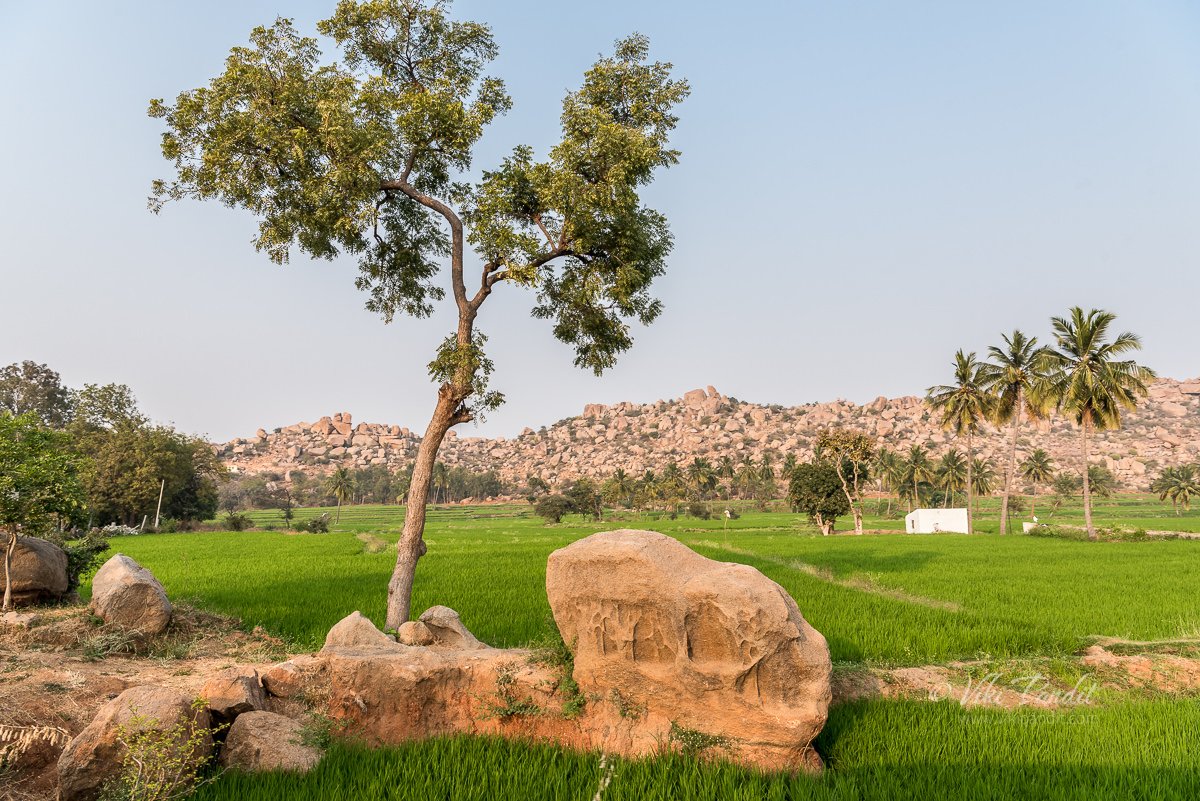

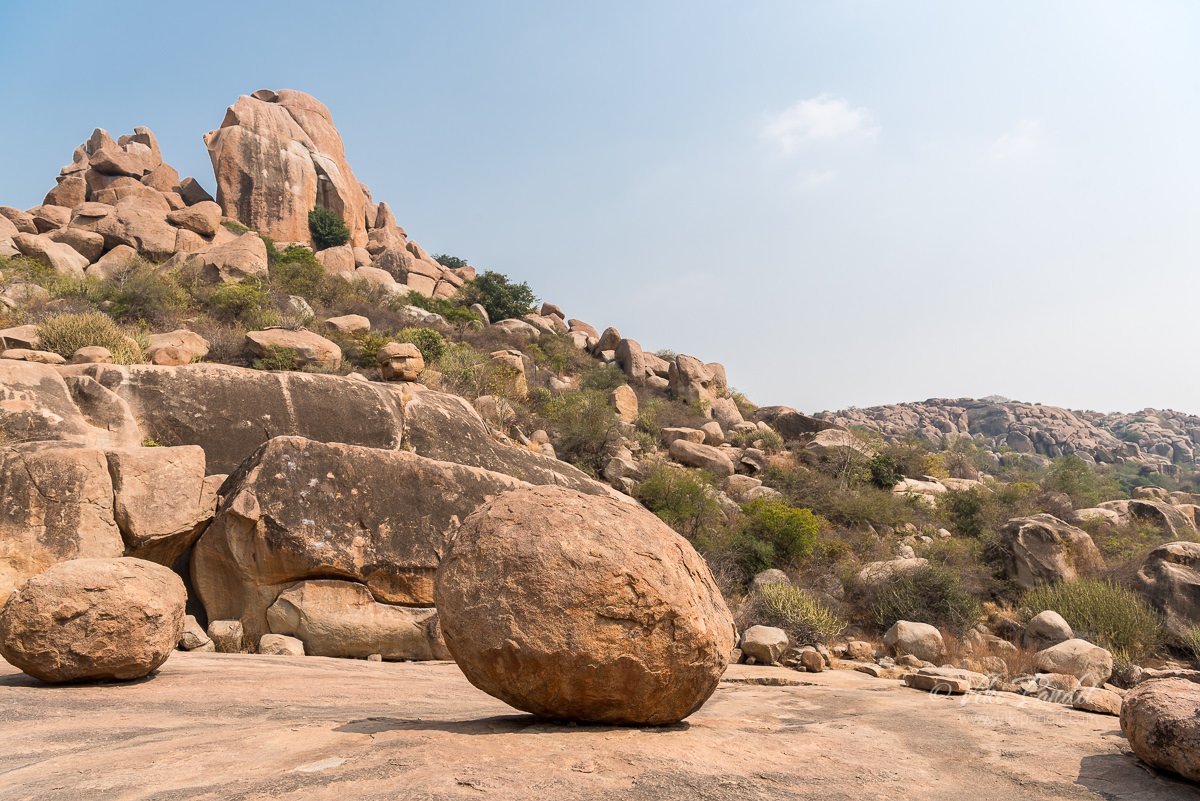


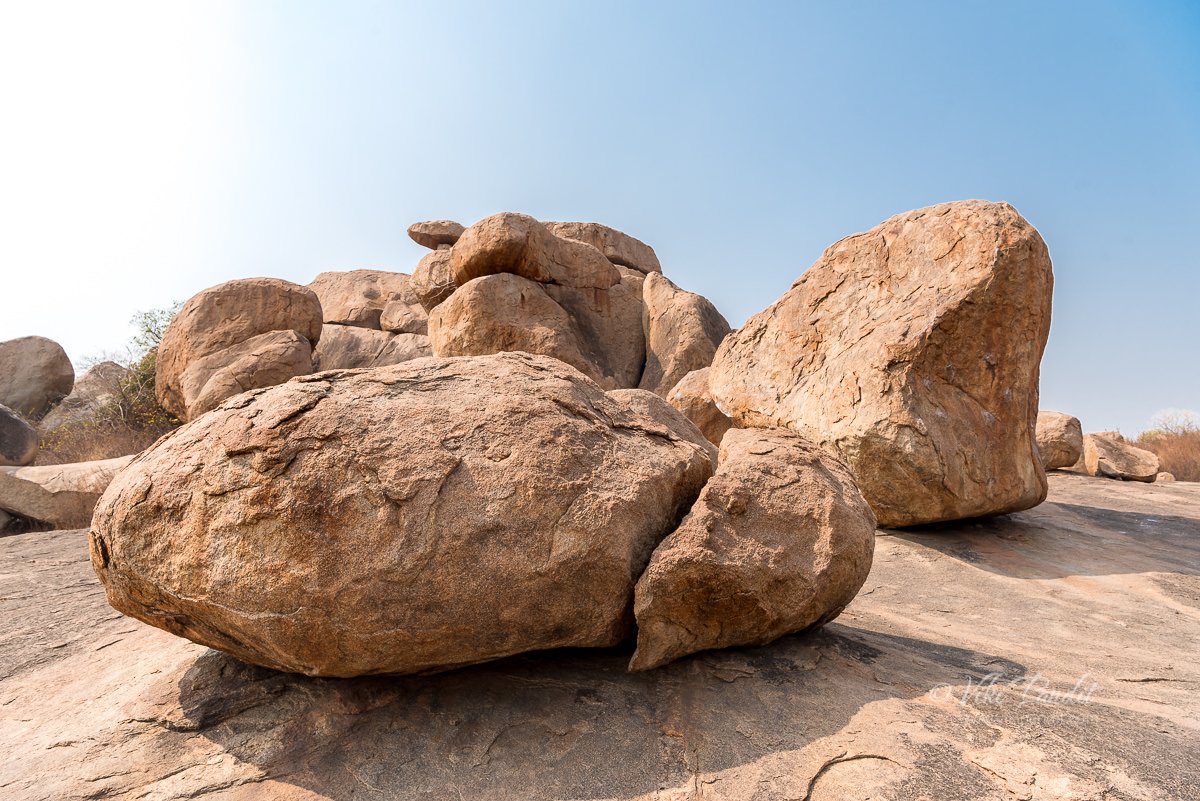






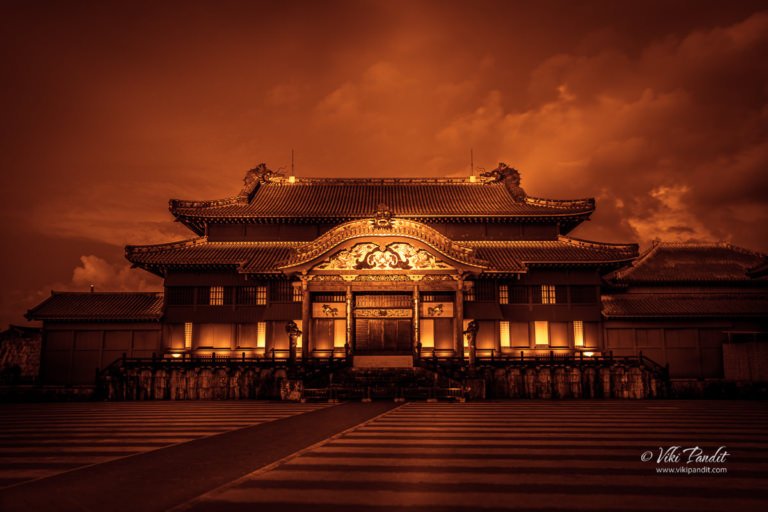
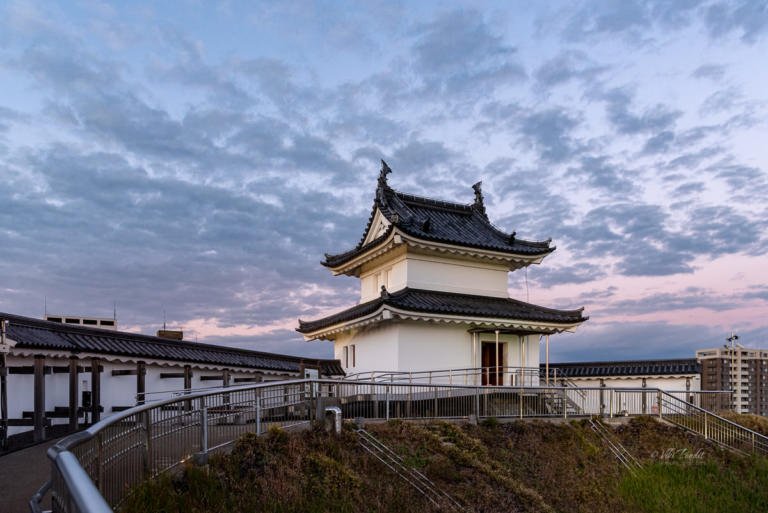

I want to contact you. As i want to go KISHKINDHA for puja
Hi Himanshu, what information do you need?